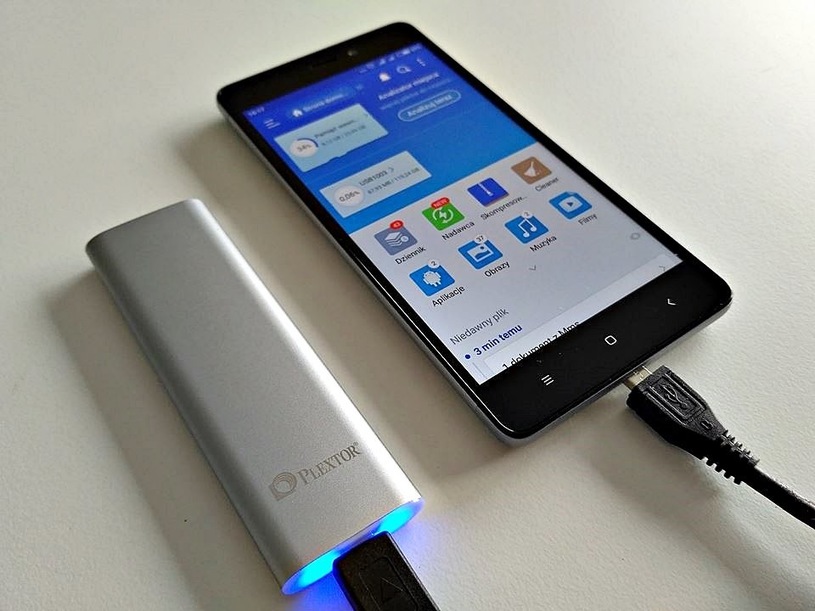Hard Drive Technology 2017. Currently, the capacity of the drives in computers is getting impressive day by day. Prices of traditional media storing have dropped much lower so that everyone can satisfy their demands for storage needs. There is a new argument speed for which we are talking about. Users who work with a larger amount of data are usually the ones who watch high-quality media or use network storage devices. Today we will indicate how new technologies are added to new media, as well as on which parameters one has to pay attention when buying new media this year.
The production of SSD technology has been developed since the 1970s when permanent memory built with semiconductors was used in supercomputers like IBM. The prices of such carriers, however, far exceeded the financial capabilities of the average companies, not to mention private computer users. With the growing popularity of electronic devices in the early 21st century, the demand for flash memory increased, leading to the faster development of technology and falling prices. Only in recent years have their prices fallen so much.
Until recently, all semiconductor media used memory chips such as V-NAND, which were manufactured in the following technologies:
- SLC – a memory cell can store a single bit of information, the most efficient and durable, typically used in servers.
- MLC – a memory cell can store two bits of information, used in higher-class SSDs for the consumer market.
- TLC – a memory cell can store three bits of information, used in cheaper SSDs designed for less demanding users.
In 2014, the market saw the introduction of media using 3D NAND memory. The difference is the arrangement of memory cells, which, in the case of the new technology, are arranged in layers. This solution allows more cells to be located on the same area, providing higher capacity while maintaining the same size. Other advantages of the new technology are longer cell viability and greater speed in records and readings.
Connector M.2 – small size and lack of cables
Currently, the most popular interface used in HDDs and SSDs is the SATA standard introduced in 2003, designed in the days of HDD dominance, allowing you to fully exploit the potential of new semiconductor media. Over the years, the size of devices has changed. Hard Drive Technology 2017 for ultrabooks is gaining momentum, and there is no indication whether this trend will stop in the coming years. Therefore, there is a new standard called M.2, designed for space savings and greater read and write speed. When purchasing a new motherboard or laptop, take into account the presence of the M.2 connector as it may supplant the standard 2.5-inch media.
Protocol NVMe
All demanding users looking for new hardware in the next year should learn about the NVMe protocol. This communication standard for disk operating systems was designed from the ground up to ensure cooperation with SSDs. It is characterized by small delays and allows you to perform more operations per second with lower CPU utilization. It replaces the outdated AHCI protocol, designed for HDDs and not to exploit the potential of SSD media. NVMe is currently used in the most efficient SSDs designed for demanding users. This year, the protocol will be implemented in mid-range SSDs. To use media supporting NVMe, you need a motherboard with UEFI.
Portable SSD Hard Drive Technology 2017
Today, most small and medium-sized files can be stored in services like Google Drive, Dropbox, and Outlook, which offer instant access from any device with network connectivity. In this case, the popularity of portable media devices with low capacity is reduced. The market will mainly feature devices for long-term storage, like cloud services, having rapid transfer of large amounts of data. As for high-capacity flash drives and portable SSDs, the latter offers higher read and write speeds and a longer service life. Currently, Plextor, Samsung, SanDisk, and ADATA offer such devices, and in the near future, more similar devices will be available.
Hard Drive Technology 2017: What Drives HDD?
In the first weeks of 2017, the world heard the news about the closure of one of the largest HDD factories belonging to Seagate. The production of HDDs was reduced from 55-60 million units per quarter to 35-40 million units. The reason for such drastic cuts in production is the decreasing demand for HDDs.
Nevertheless, HDD media is ideal for archiving and backup large amounts of data that are rarely accessed quickly. Speed of read and write operations is not a primary concern. HDDs will continue to be used in NAS as additional drives and inefficient computers as the primary drive at a lower cost basis.
3D NAND, M.2, PCIe, and NVMe are the most important terms for anyone planning to upgrade their PC or laptop or buy new hardware in 2017. Good storage media will work more efficiently, and provide better entertainment, and greater security for your stored data.
